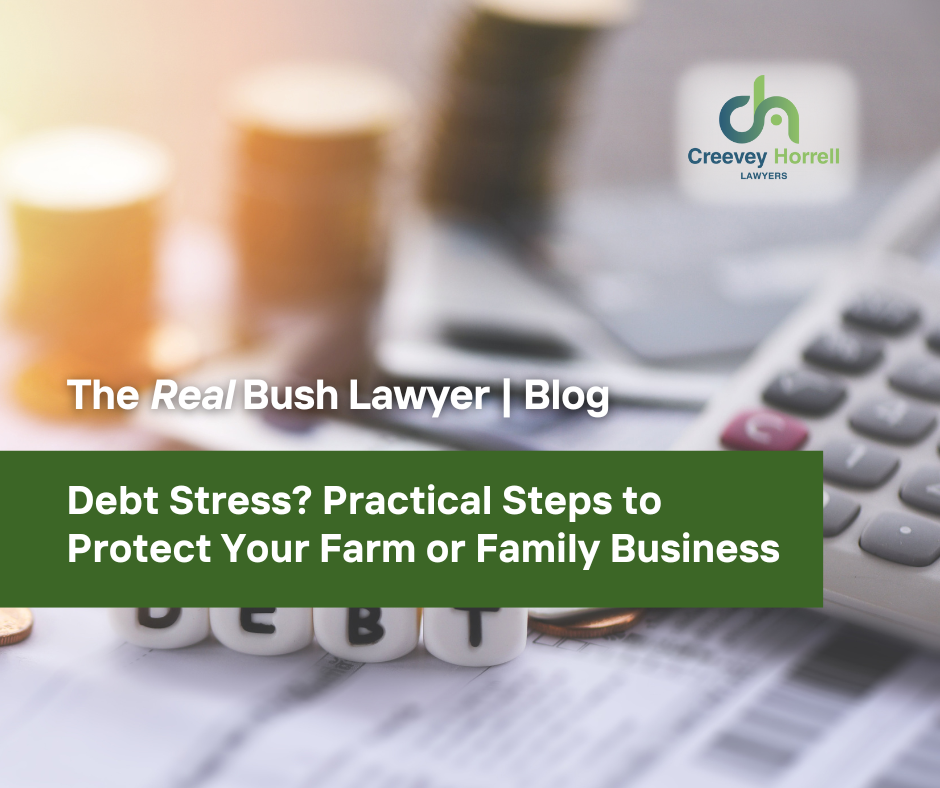No Longer Just a Red Flag: Coercive Control Is Now a Criminal Offence
- Matthew McCarthy

- Jun 30
- 2 min read

Some say it used to hide in plain sight, but now the law finally sees it for what it is. Coercive control is now a crime.
Following the tragic deaths of Hannah Clarke and her children in Camp Hill, Queensland, in 2020, the Queensland Government criminalised coercive control in response to recommendations from the ‘Hear Her Voice’ report written by the Women’s Safety and Justice Taskforce. Queensland is now among the few Australian states to enact such legislation.
A Behavioural Pattern: Understanding Coercive Control
It is not just one act, but a pattern that builds over time.
Coercive control is defined as a pattern of controlling and manipulative behaviours in a domestic relationship, often without physical violence. Coercive control includes the creation of fear, isolation, dependency, and humiliation. Here is what coercive control can look like:
Degrading language and gaslighting
It may include dismissive or manipulative phrases such as “You’re overthinking”, “You’re the problem.”, or behaviour that demoralises or demeans the other person.
Controlling personal decisions
Such as making decisions for another person about what they wear, what they eat, or when they take their rest.
Social isolation
Including behaviours that limit the other person from seeing their friends, turn them against their family, or even make them feel bad for spending time with others.
Financial control and technological surveillance
Such as restricting access to earnings or obsessively monitoring the other person’s location or mobile activity.
Threats and emotional abuse
May involve threats to leave, verbal resentments like “I put up with you, and this is how you treat me?” or even threats of self-harm if the relationship ends.
The New Criminal Offence (Effective 26 May 2025)
As of 26 May 2025, under the Criminal Law (Coercive Control and Affirmative Consent) and Other Legislation Amendment Act 2024, coercive control is now a stand-alone criminal offence in Queensland.
To be found guilty of coercive control, it must be proven that:
Two people were in a domestic relationship (like partners, ex-partners or family);
The manipulative behaviour happened repeatedly;
The goal was to coerce or control the other person; and
A reasonable person would consider the action to likely cause real harm.
The maximum penalty for this offence is 14 years of imprisonment.
What About Defence?
There is a legal defence, although it may be narrow. They need to prove that, looking at the relationship as a whole, the way they acted was reasonable. They can’t just say that each act, by itself, wasn’t that bad. Because the law looks at the bigger picture, and if there is a pattern that adds up to fear, pressure or control, the defence will probably not hold.
Coercive Control and Protection Orders
Coercive behaviours also fall under the definition of domestic violence in the Domestic and Family Violence Protection Act 2012. Victims can seek protection orders based on these behaviours, even if no criminal charge has been laid.
Need Legal Help?
If you are experiencing coercive control or facing allegations, professional legal advice is crucial. Our firm specialises in domestic violence matters and can represent both aggrieved persons and respondents.




.png)




Comments